The Voltage Tax: Why I Choose Traffic Over Time
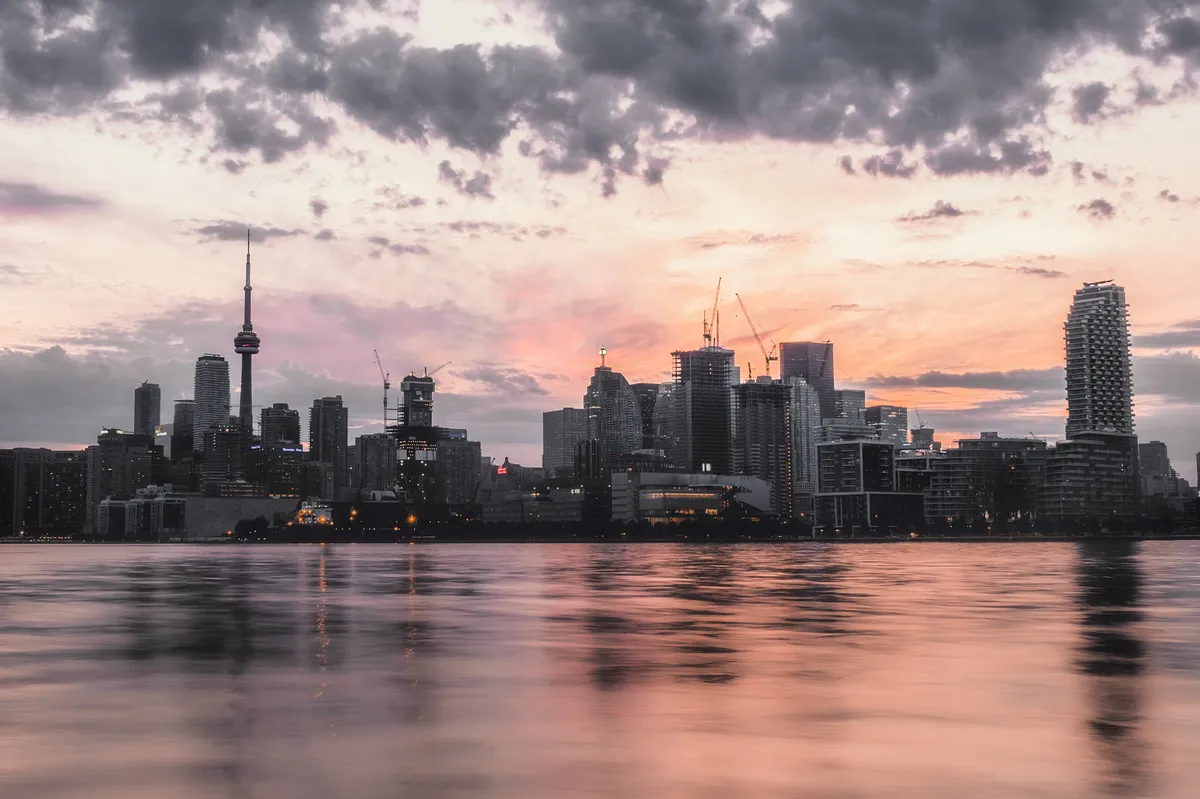
"You're an idiot," my friend declared, watching me crawl through another hour of Toronto traffic. "Who lives downtown just to commute an hour and a half outside the city?"
He had a point.
Moving an hour outside Toronto would slash my living costs and eliminate my soul-crushing daily commute on the Gardiner Expressway (think NYC's FDR Drive or LA's 101) — where the highway feels more like a stationary parking lot and my morning coffee goes cold before I move a kilometer.
On paper, it's a no-brainer: trade gridlock for extra hours of productivity (and save $). Who wouldn't want more time and money?
But I've learned that productivity follows a different kind of math. It's not about hours — it's about voltage.
The Urban Circuit
I discovered this voltage equation during medical training, as I bounced between Toronto and two smaller cities, Hamilton and Kingston. Each sits a few hours from Toronto, like most satellite towns that orbit major metropolises — and made me feel like a loose connection searching for its socket.
Each time I unplugged from Toronto for a smaller city, something inside me dimmed. Not dramatically, but more like someone slowly turning down a dimmer switch on my ambition. The fire to break free from traditional medicine — to build something beyond the usual clinic-to-grave path — flickered dangerously low. Projects that once felt urgent became maybe later. Ideas that used to keep me up at night quietly faded into background noise.
Then, I'd plug back into Toronto for brief clinical rotations, and that internal voltage would surge through my circuits.
The shift was unmistakable. Suddenly, I'd find myself at 1 AM, hunched over my laptop, drafting emails to strangers who had no reason to respond, searching for that third door everyone else had missed. My mind would crackle with the kind of electricity that makes you forget sleep exists — the type that transforms a 2 AM cold-email to a CEO from crazy to inevitable.
This voltage effect isn't unique to Toronto. Like power stations on a continental grid, major cities generate different voltages - Singapore's quiet intensity, Tokyo's ambitious hum, LA's creative surge. But none run quite as high as New York.
During a recent longevity medicine conference there, I witnessed what happens when you crank up the current: physicians building AI-powered diagnostic tools, launching direct-to-consumer health platforms, and reimagining the 15-minute appointment into personalized health journeys. Next to these innovations, traditional medicine's "see patient, prescribe pill" approach looked like candlelight in the age of electricity.
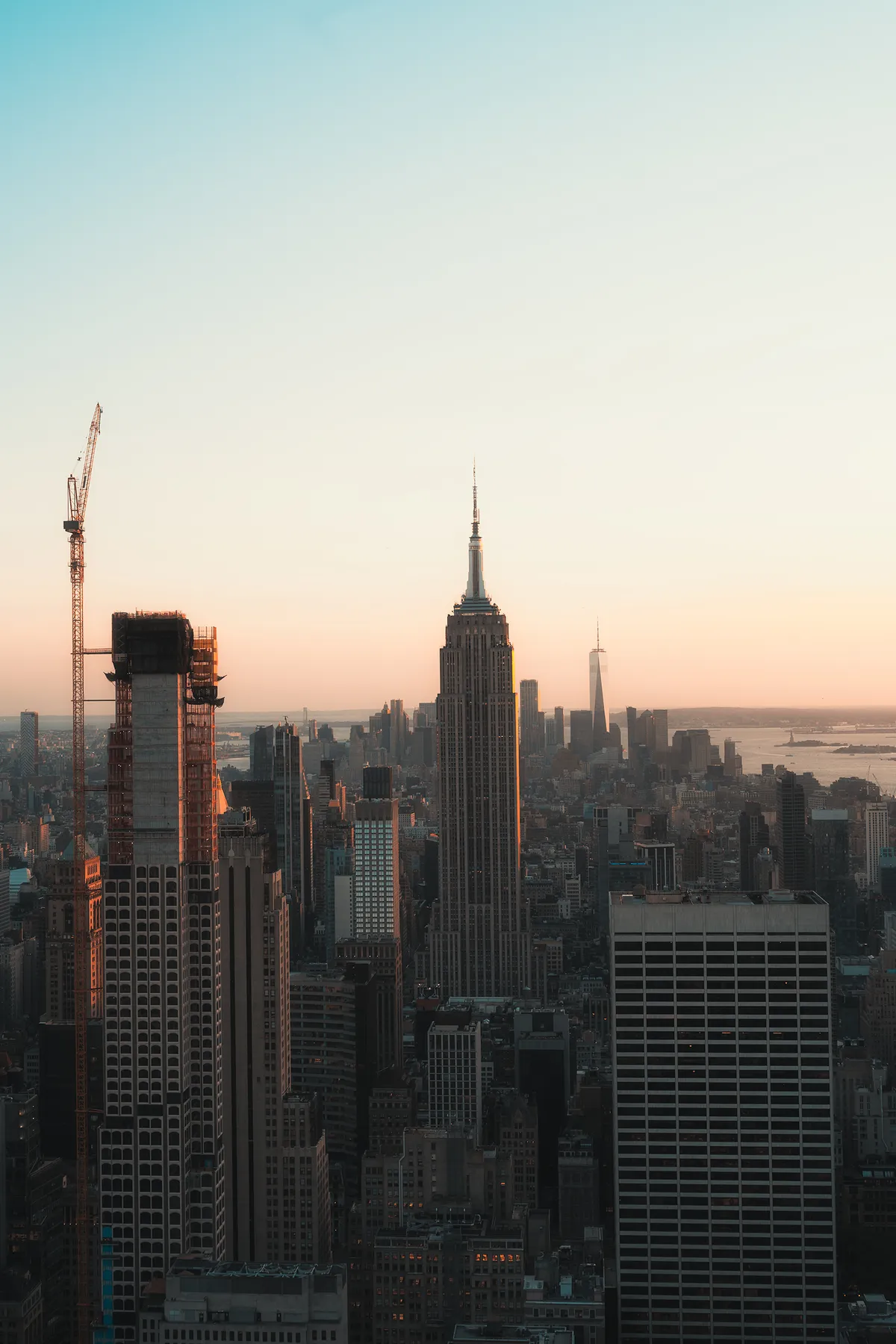
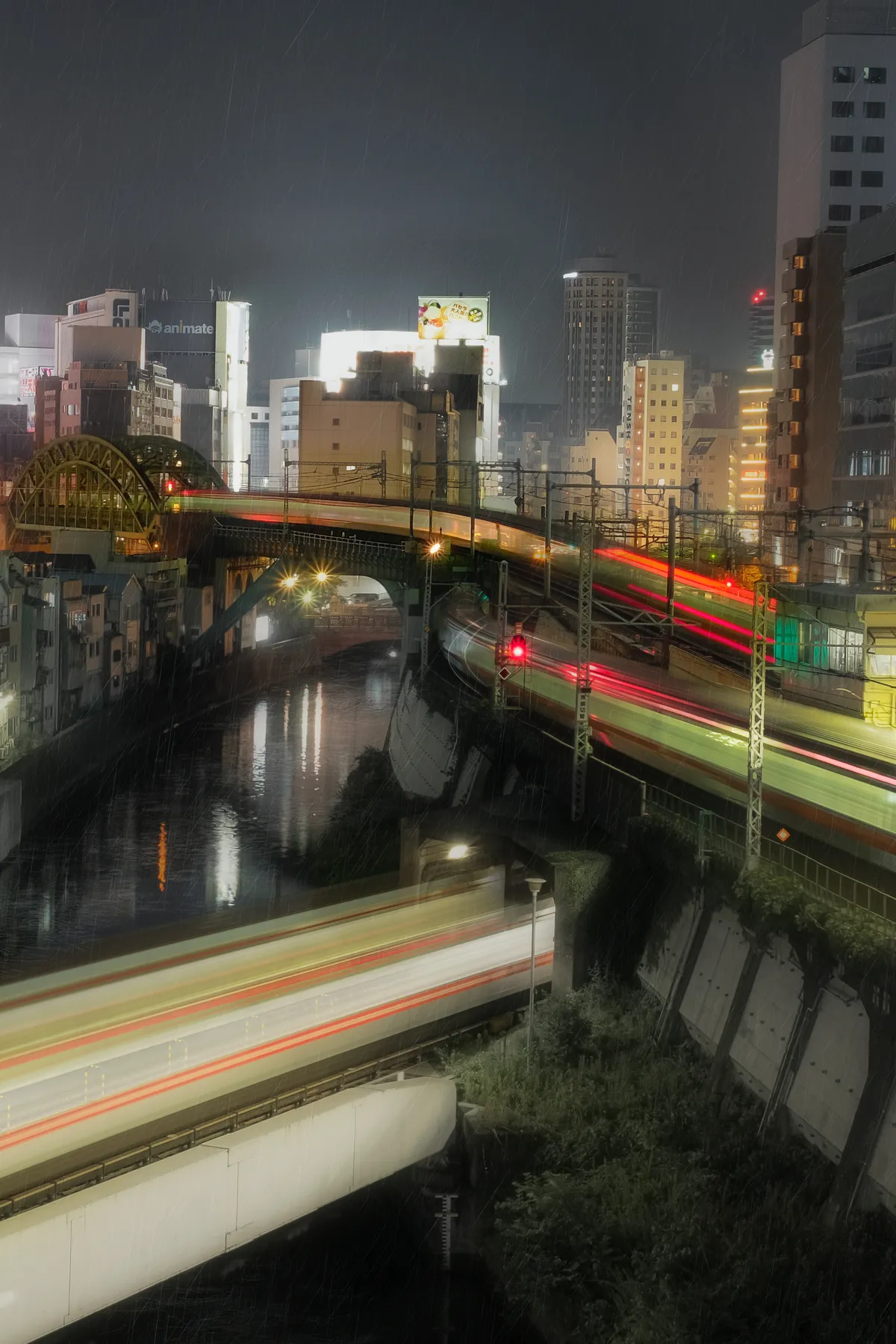
Each night, I'd return to my hotel room with my circuits overloaded, sparks of possibility firing in all directions.
The daily frustrations and career uncertainties that had been living rent-free in my head? Vaporized by the sheer density of people daring to colour outside the lines. It was a preview of what happens when you plug into a higher voltage grid. Which makes my relationship with Toronto complicated.
Let me be clear: I don't love Toronto. The city grates on me - its infrastructure is a mess, its social scene hibernates, its spontaneity non-existent.
If I could plug into a higher-voltage grid like New York or Singapore, I would in a heartbeat. But within Canadian borders, Toronto - despite running at a lower voltage - generates just enough buzz to keep my circuits alive.
Toronto embodies a peculiar paradox. It's a city that celebrates mediocrity while its most ambitious residents quietly plan their escape to higher-voltage grids. A recent essay captured the city's "go-for-bronze mentality" perfectly. While New York or the Bay Area naturally attract those seeking to reshape reality, Toronto seems caught between aspiration and contentment. Despite its imperfections, this voltage remains the strongest grid available to me without crossing borders or completely rewiring my life.
Moving to the suburbs might save me time, but at what cost? In places like Hamilton or Kingston, those cities that orbit every major metropolis, ideas that once sparked action become perpetual 'somedays'.
While these smaller towns run at a lower voltage, they taught me something crucial about environment. I discovered this truth in Kingston, in the most unexpected place.
Every morning at 6 AM, in a no-frills gym that smelled of iron and determination, I'd watch someone grunt through their final squat rep with twice my max weight, making my own impossible suddenly seem possible. When my legs would shake on rep six, seeing others push to eight would force me to question my limits.
That environment — the shared suffering, the silent nods of recognition, the collective push beyond comfort — showed me just how much environment shapes what we believe possible.
But these are just moments, isolated surges. These smaller towns hum at a different voltage — appropriately tuned for family life and putting down roots, but not calibrated for restless minds and pathless wanderers.
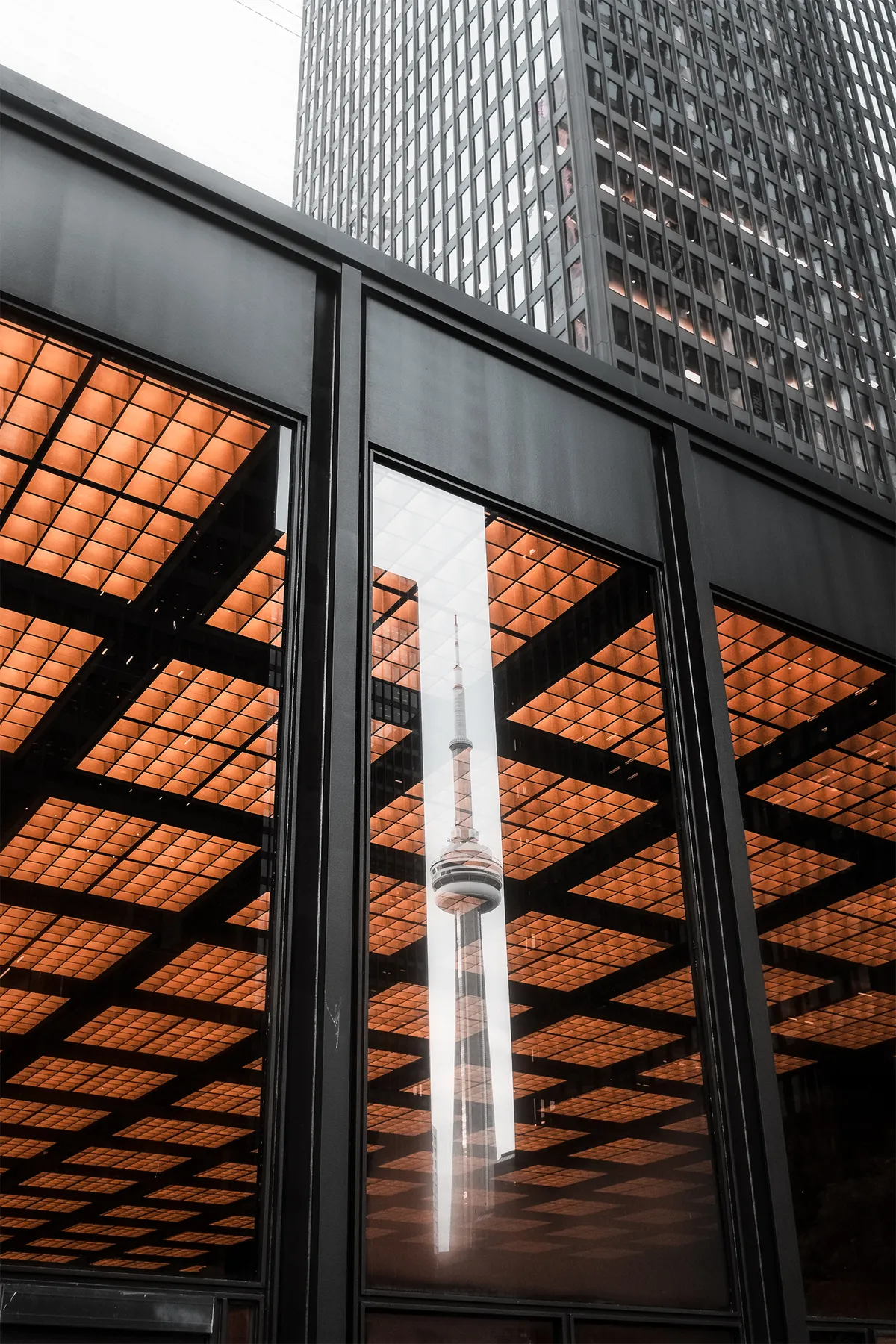
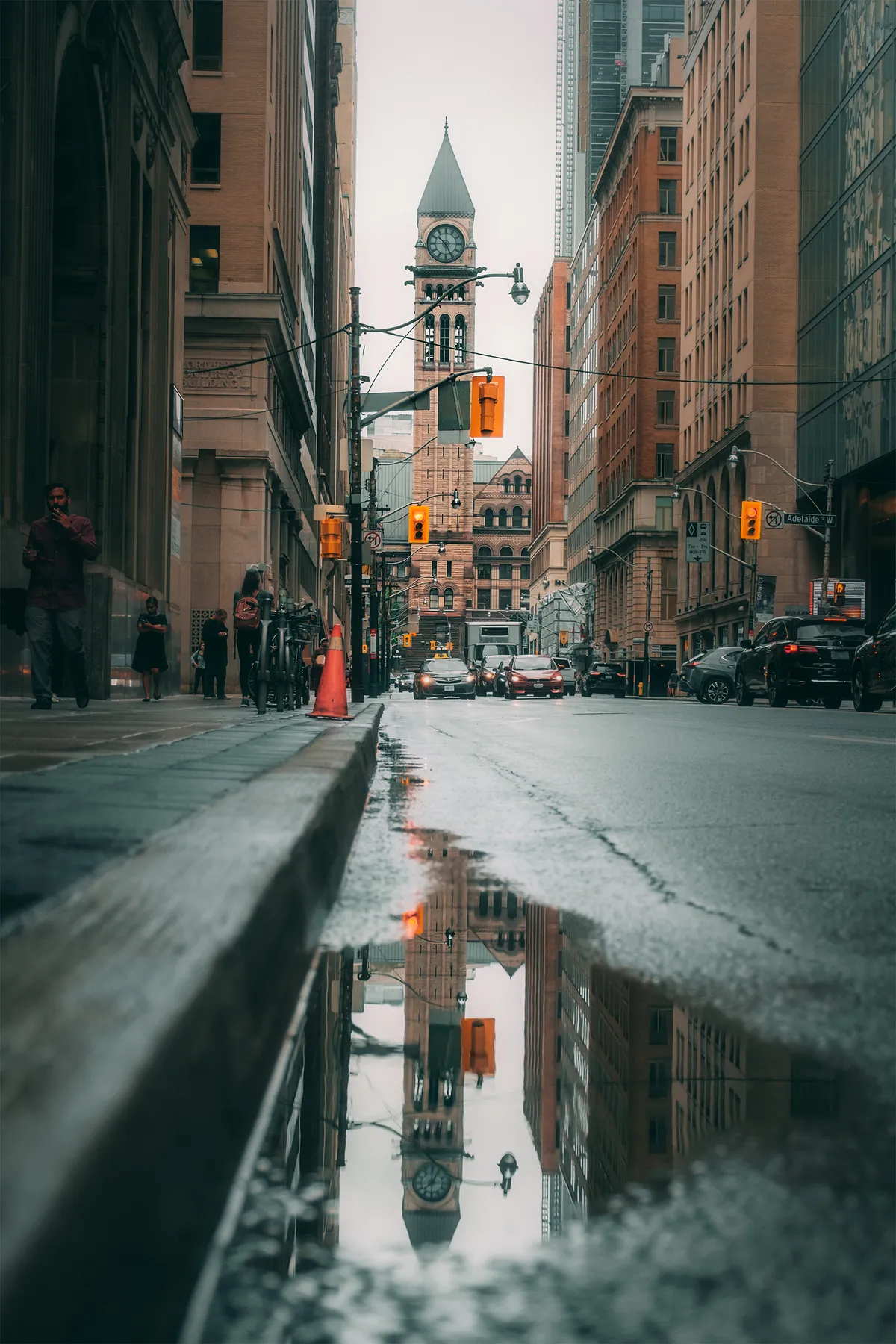
Engineering Your Grid
This voltage equation isn't as simple as "big city good, small town bad." In Toronto or New York, voltage isn't something you schedule for 6 AM. It's in every coffee shop conversation, every chance encounter, every breath of city air.
But, being present isn't enough. Sometimes the energy dims, or you find yourself isolated despite the density around you. The reality is, no matter where you plug in, you need to find intentional ways to boost your voltage, rather than solely relying on the city.
Look around and you'll find micro-communities of people doing exactly this, engineering their own voltage in creative ways. Some gather in coffee shops or co-working spaces, others build digital accountability groups, and some embrace more unconventional approaches to recreate a high-voltage environment.
Take virtual co-working sessions, for example. Picture dozens of strangers sitting silently on camera, typing away like some weird digital library — everyone is visible from the waist up, conversation is forbidden, and pants are optional.
"Why not just work alone?" some people ask, mystified by these digital productivity séances.
But anyone who's joined a writer's group understands the appeal. Sure, you could write alone in your room, but something about seeing others wrestling with their drafts makes your own excuses feel paper-thin.
These voltage seekers aren't just avoiding loneliness — they're recreating a subtle pressure of shared possibility and silent accountability that comes from watching others stretch their perceived capabilities. Even through pixels and wifi signals, seeing someone else in flow state makes your own Netflix temptations feel suddenly resistible.
I find myself engineering these connections everywhere — scheduling calls with like minds scattered across continents, joining digital workspaces, niche WhatsApp groups, and seeking out busy coffee shops where the ambient buzz makes stillness uncomfortable. It's about creating artificial proximity when natural encounters aren't enough.
We're all just trying to stay charged, however we can.
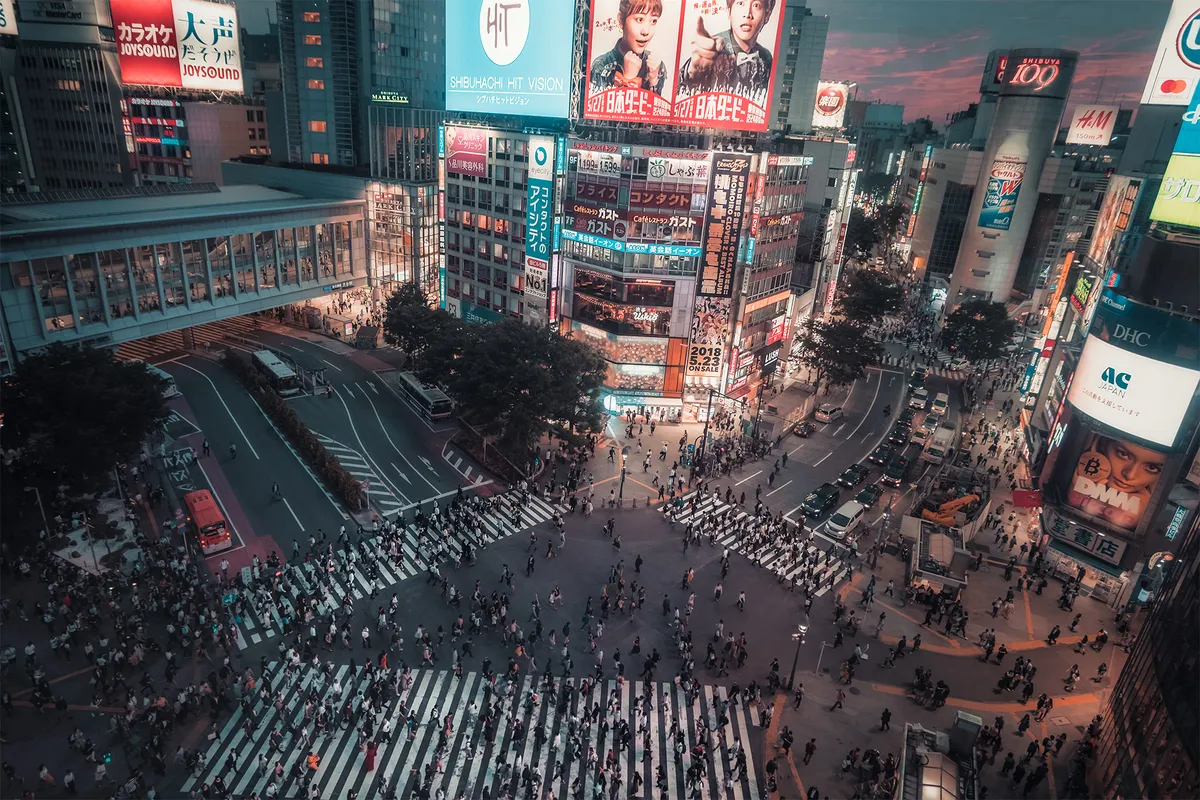
Maximum Voltage
While these engineered micro-environments help, the strongest surge comes from finding your tribe of ambitious minds.
Their presence becomes both comfort and catalyst, living proof that your impossible might just be possible. Their setbacks normalize the struggle. Their breakthroughs recalibrate your limiting beliefs and suffocate your excuses for settling.
Geography alone doesn't explain it. Neither do people. The environment equation is more complex than that.
That's what makes this so tricky to quantify. It's the physical energy of a city, yes, but it's also the friction of competing ideas, the spark of unexpected connections, and the energy that flows when paths intersect.
Cities, people, conversations — they're all circuits in this vast power grid of potential. Some connections hit you like lightning; others build charge slowly, steadily, until one day you realize you're running at a higher voltage.
And while you can't always map the exact path to your goals, you can choose where to plug in, intentionally designing an environment that keeps your energy high.
When you're trying to build something from nothing, when no one's holding you accountable but yourself, environment isn't just about productivity hours. It's about finding the right voltage, where self-doubt gets drowned out by the electric hum of others breaking through barriers you thought unbreakable.
These surges of current aren't just nice-to-haves; they're the power source that keeps your ambitions from dimming. The alternative is environmental inertia, where every doubt acts like a circuit breaker, every setback feels like a blown fuse, and every "maybe later" becomes another unrealized vision.
So no, I won't be moving an hour away to save a few hours of commute time. Sure, I'd gain back hours in an oversimplified equation, but they'd be low-voltage hours in a dimly lit suburb. In the complex equation of turning ideas into reality, that's a productivity drain I can't afford.
Some people find their voltage in mountain peaks or ocean waves — I do too, in certain doses. But when you're trying to venture beyond well-worn routes, you don't just need occasional surges — you need a grid that never fails.

Fun fact: Every photo in this essay was taken by yours truly.
And finally, a heartfelt gratitude to Zeyad Mehran, Deepti Chopra, Matt Cyr, Malgo G., Phil Chu, and Ahmed Abdelsalam whose insights and feedback helped shape this piece.
Reflections
Monthly updates for friends & family: new writing, photos, & highlights.